CoaXPress Technology
What is CoaXPress?
Explore and Compare CoaXPress 2.0 Products
Learn About CoaXPress
- CoaXPress 2.0
- Link Performance
- History of the CoaXPress Standard
Our CoaXPress 2.0 family of devices has been designed in conjunction with the development of the CoaXPress 2.0 specification. Offering a significant improvement in speed over CoaXPress 1.1, CoaXPress 2.0 extends the data transfer rate up to 12.5 Gbps for cables lengths of up to 40m and up to 40 Mbps for bidirectional communications. It supports higher frame rates or higher camera resolutions for developing even higher-performance video imaging systems. Key advantages of this version of the standard include:
- A single camera can send data to more than one frame grabber, which can be located in different PCs
- The uplink speed of 40 Mbps enables trigger rates over 500 kHz without requiring a dedicated high-speed uplink cable
- Enhanced support for event packets and 3-D data formats in the industry-standard GenICam programming interface
- Support for the compact and robust Micro BNC connector
- Easy migration and backwards compatibility with CoaXPress 1.1
- Integrated signal integrity test capability to indicate when cable link is in jeopardy due to design, cable wear or aging
- Camera-side low-frequency clock recovery to eliminate the need to program the low-frequency clock on the capture card side
- Cable-provided power that reduces the need for power components in cameras
The CoaXPress Consortium was founded in 2008 by EqcoLogic (later acquired by Microchip), Adimec, Active Silicon, Aval Data, NED and Components Express. Since then many other companies from Europe, North America and Japan have also joined the consortium. At VISION 2009, the foremost machine vision trade show, the consortium was awarded the Vision Award for their efforts to further the cause of machine vision applications.
The CoaXPress standard is hosted by the Japanese Industrial Imaging Association, (JIIA). CoaXPress technology was included in the “Global Machine Vision Interface Standards” published by international G3 initiative on standardization that was formed by the JIIA, the Automated Imaging Association (AIA) and the European Machine Vision Association (EMVA). Other standards organizations have joined the G3 and adopted the CoaXPress standard, including the China Machine Vision Association (CMVA) and the Verband Deutscher Maschinen-und Anlagenbau (VDMA).

Key Applications
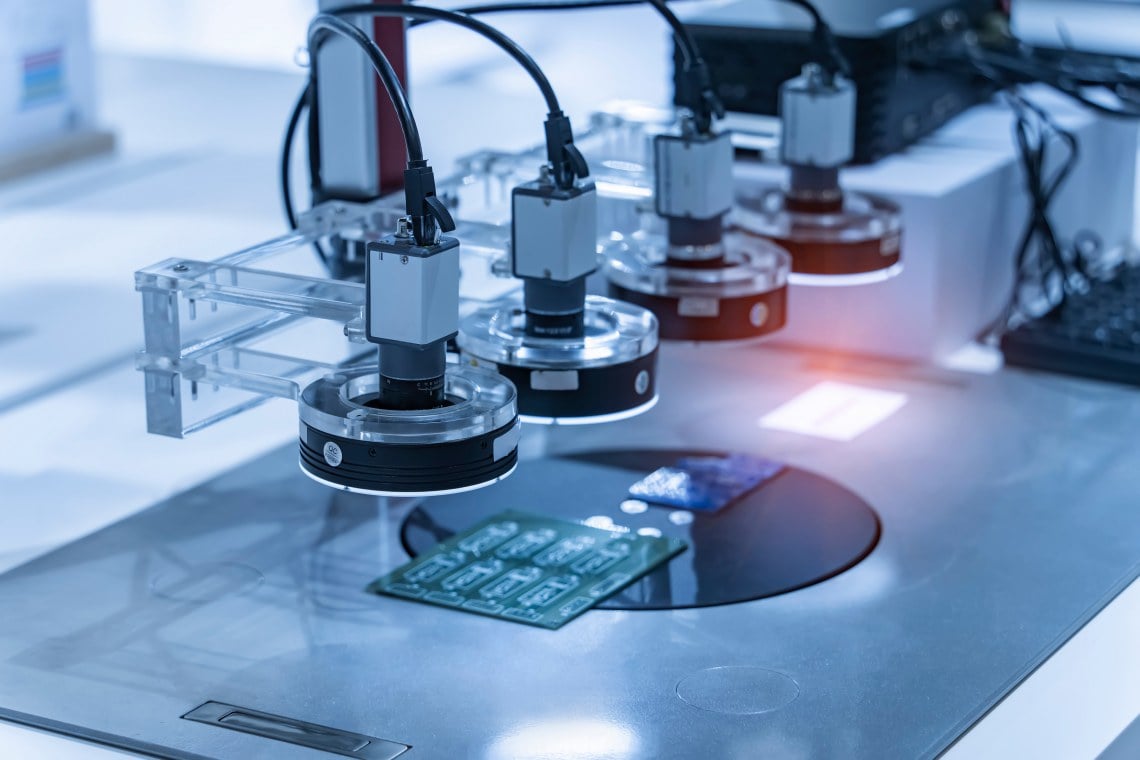
Machine Vision
CoaXPress technology is often selected for machine vision, industrial inspection and traffic monitoring applications because of its high-speed download of uncompressed data, along with its simultaneous low-speed uplink and power distributed over a single cable.
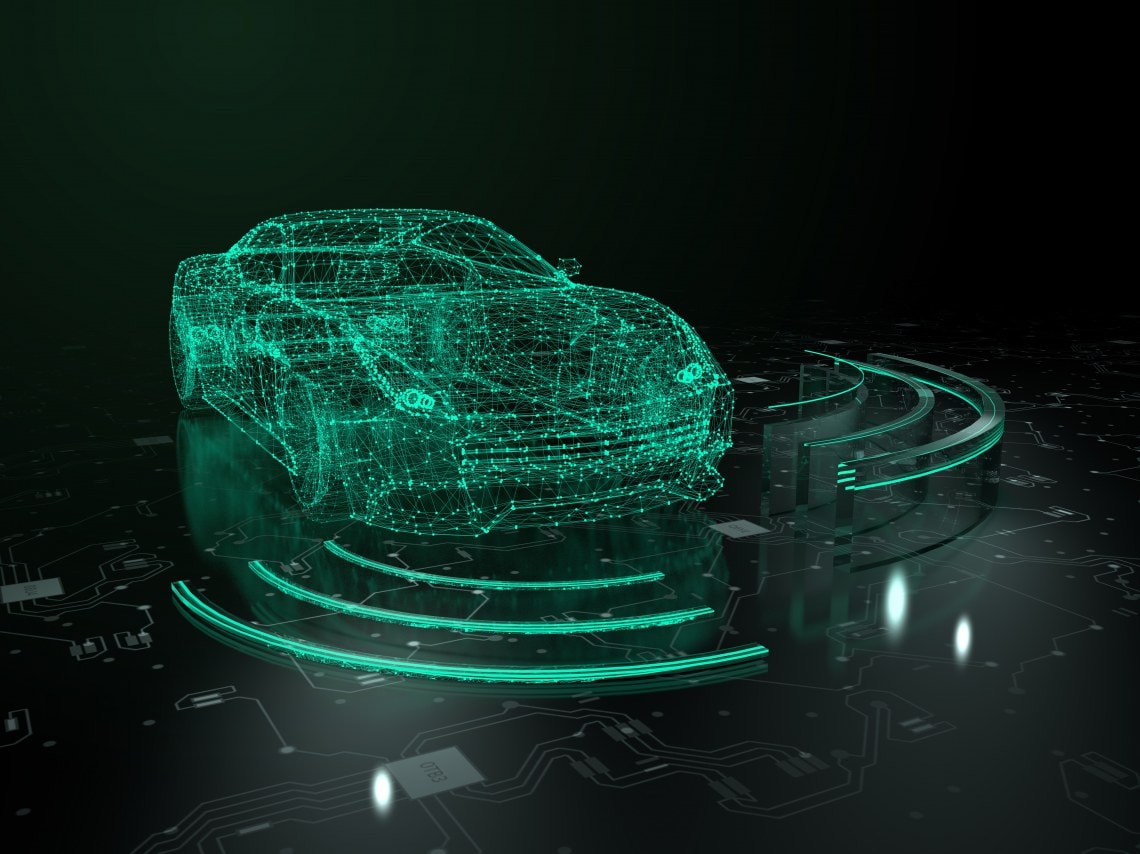
Embedded Vision
Embedded vision refers to the practical use of computer vision in machines that understand their environment through visual means. With the explosive growth of the mobile phone market, high-performance embedded processors and image sensors became small and affordable. While embedded vision systems cannot take the place of PC-based vision systems altogether, embedded systems based on the open and royalty-free CoaXPress standard and its high-speed data transfer do present advantages for many new applications. They are easier to design, cost effective to build and consume less power than PC-based systems. They can be used in medical devices, autonomous vehicles and many other unique applications.
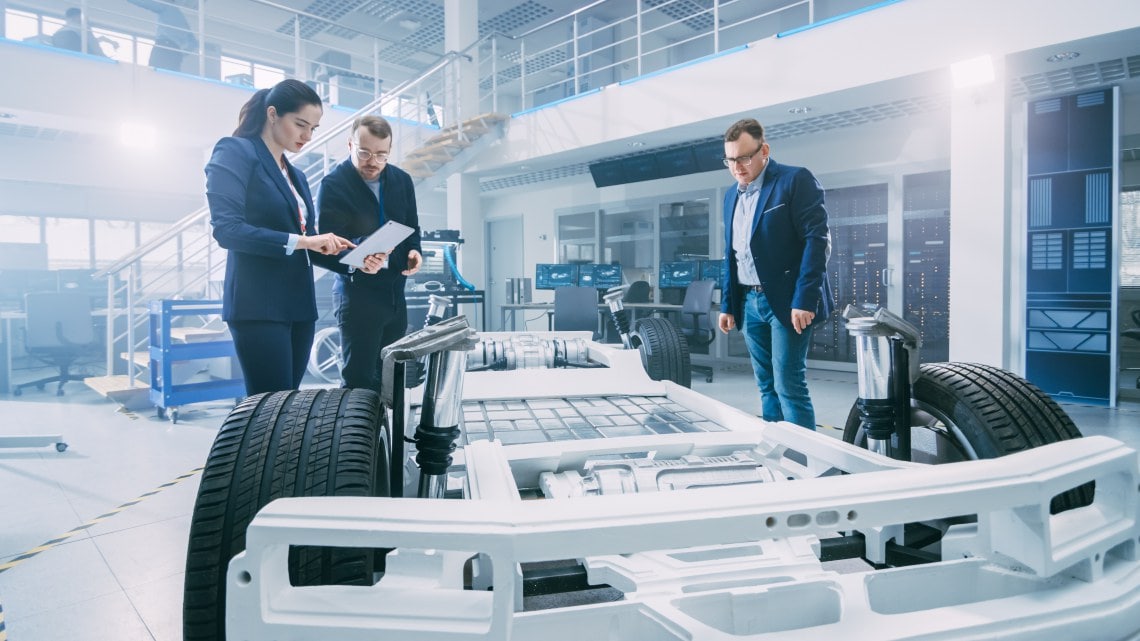
Low-Cost and Lightweight Wire Harness
In addition to the functional aspects of an autonomous driving system, a key consideration is the cost of the wire harness. It is the third highest-cost and the third heaviest component in a car after the chassis and engine, and it comprises 50% of the cost of labor in building an entire car. The costs of connectors, cables and manufacturing of coaxial systems are lower than those based on shielded differential pairs. Coaxial systems also weigh less and require less space than shield differential pair systems. However, CoaXPress technology can also be supported in applications where the use of shielded differential pair may be beneficial.

CoaXPress SerDes Bridge
We have collaborated with industry partners to provide a complete connectivity solution that leverages the benefits of CoaXPress technology for developing autonomous driving and ADAS applications. The diagram to the left demonstrates how to implement two MIPI® CSI-2® to CoaXPress bridges for a camera sensor node and an Engine Control Unit (ECU) node. This solution transports aggregated sensor data from two 8-megapixel image sensors while also providing a simultaneous 40 Mbps uplink for control and power over a single automotive coaxial cable with four inline connectors.
Documentation
Reference Designs
PolarFire® FPGAs and CoaXPress Technology
Our PolarFire Field-Programmable Gate Arrays (FPGAs) are great options for any design that requires high-bandwidth video signals and power over coaxial cables. PolarFire FPGAs are flexible solutions that provide a suite of image processing IP to support popular imaging and video protocols including MIPI CSI-2 TX, MIPI CSI-2 RX, HDMI 1.4 TX, HDMI 2.0, DSI, and HD/3G/6G/12G SDI.
We offer a ready-to-use reference design for quick prototyping of your CoaXPress technology-based design using PolarFire FPGAs. This solution is well suited for creating next-generation embedded vision platforms that integrate Artificial Intelligence and Machine Learning. These applications typically require multiple 4K channels for higher resolution, more thermal head room on the edge, low power consumption, small form factors and portable designs.
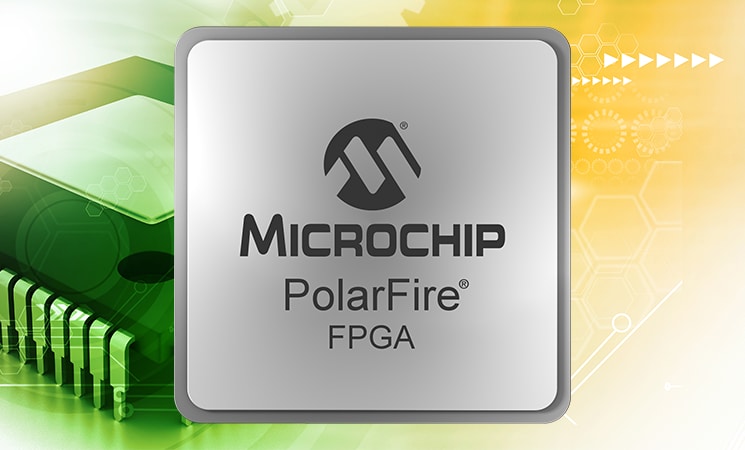
Demo and Evaluation Boards
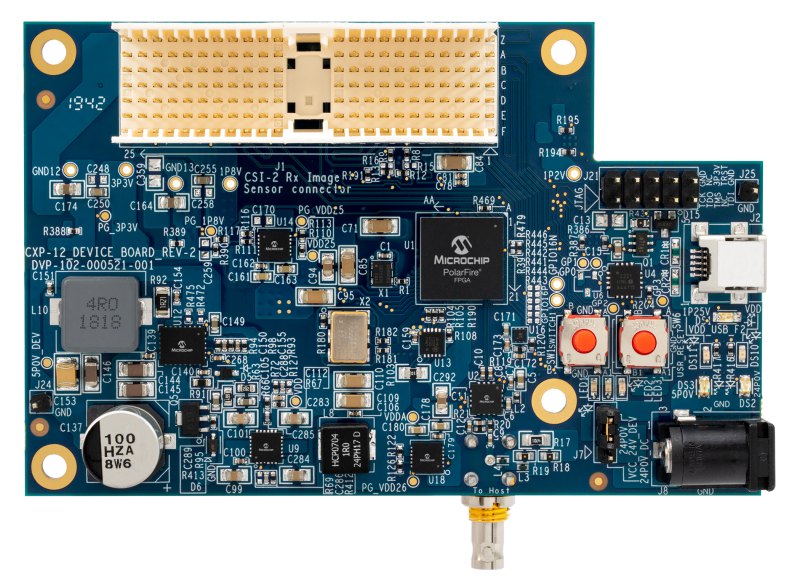
This FMC daughter card is a hardware evaluation platform for evaluating and testing the 12.5 Gbps CoaXPress protocol.